Britain is almost certainly the only country where Charge Cars could create its striking Electric Mustang, an electromod of the iconic 1967 Ford Mustang fastback.
In fact, calling it an electromod is a bit of an understatement, for the Electric Mustang is a forensic re-engineering, design-sharpening, luxuriating and electrification of the car made famous by the 1968 Steve McQueen film Bullitt.
In Charge guise, the muscle car features an extensively upgraded steel monocoque imported from the US; body panels and an interior fashioned from carbonfibre in the UK; a state-of-the art quad-motor battery-electric powertrain built in Britain; and completely new running gear and suspension, also British-designed and supplied.

The Electric Mustang has been developed to European Union small-series legislation, which has meant crash-testing and compliance with lighting and vision regulations.
“Everything we’ve done is always the best way. It has been expensive, but we’ve been very thorough,” says chief creative officer Mark Roberts.
Bringing all the diverse strands of regulations, design, engineering and componentry requires skills that the modern British car industry can muster, not just for software and hardware but also the people, led by Roberts, whose 30-year career at McLaren stretches back to the groundbreaking F1 supercar of 1992.


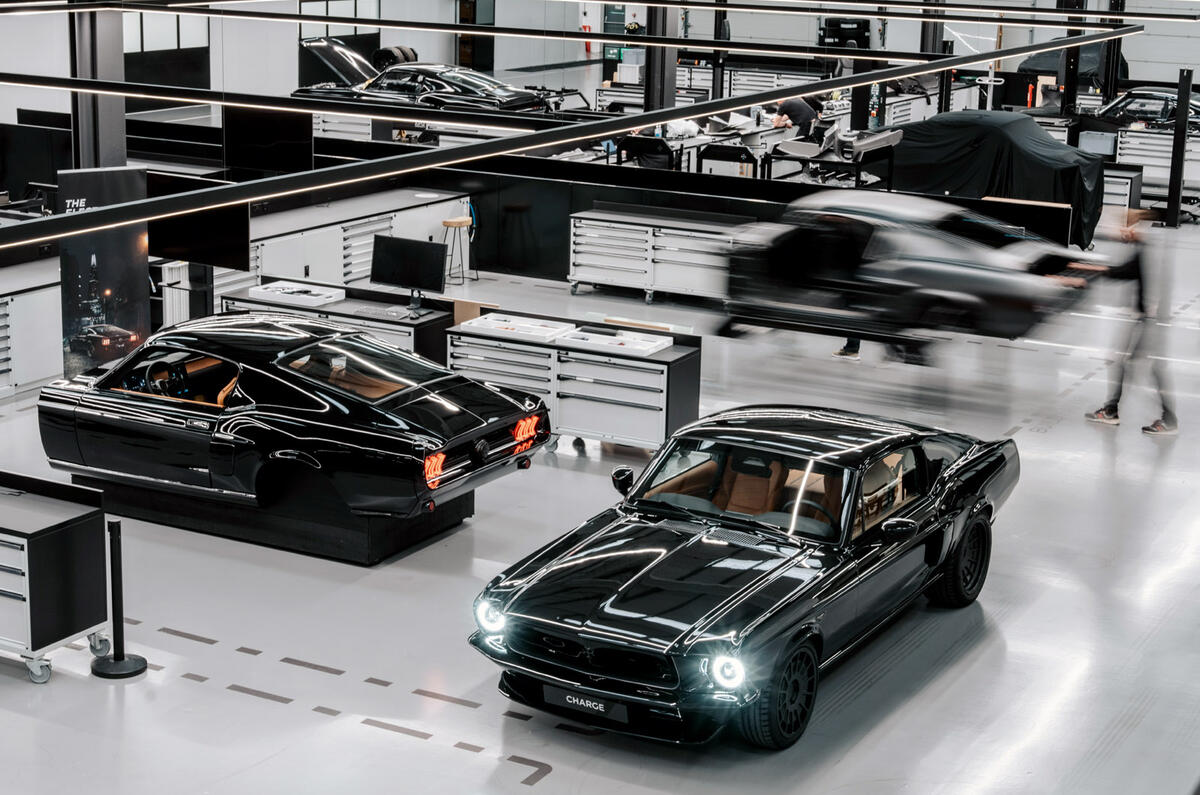
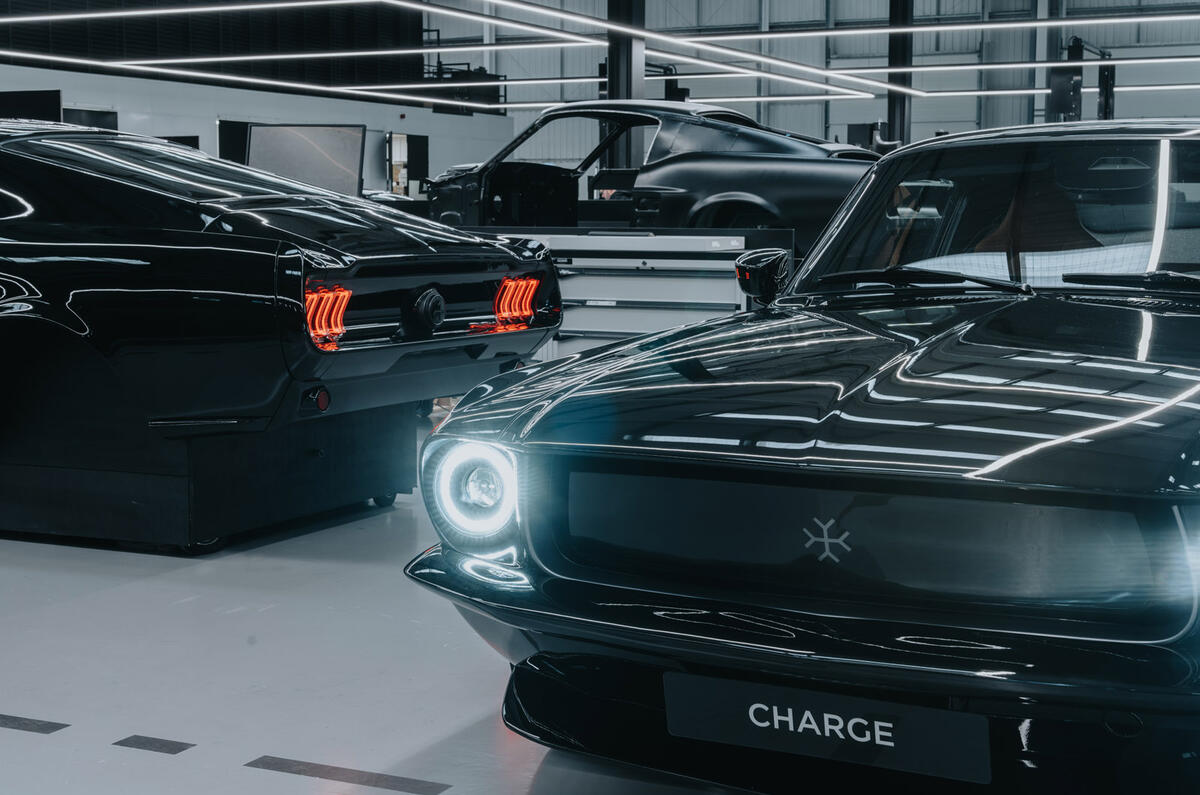

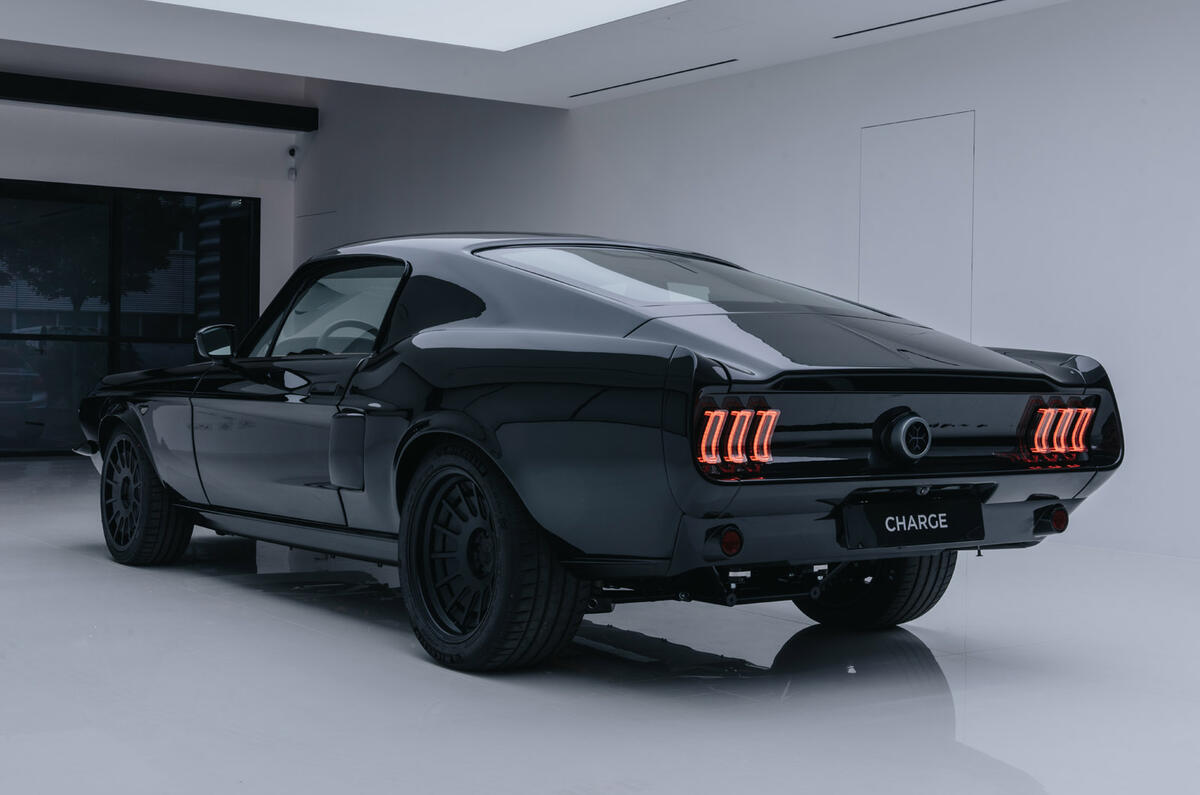
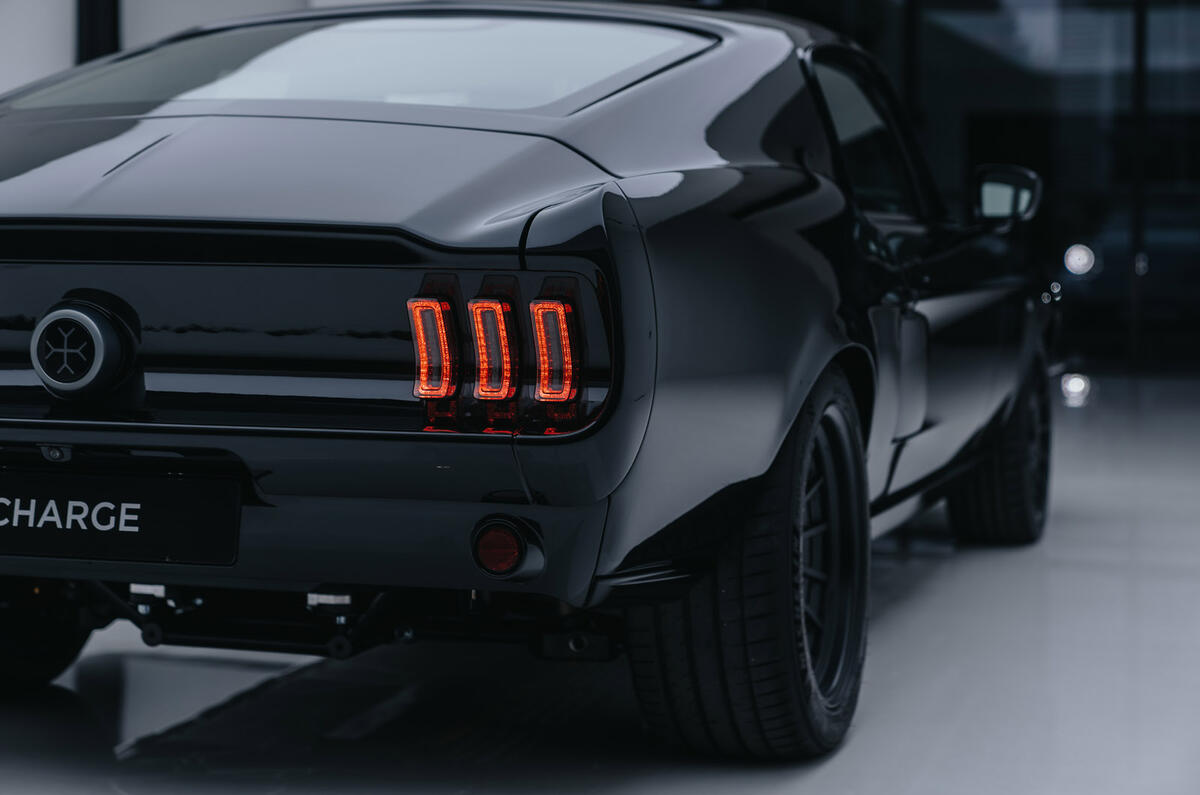
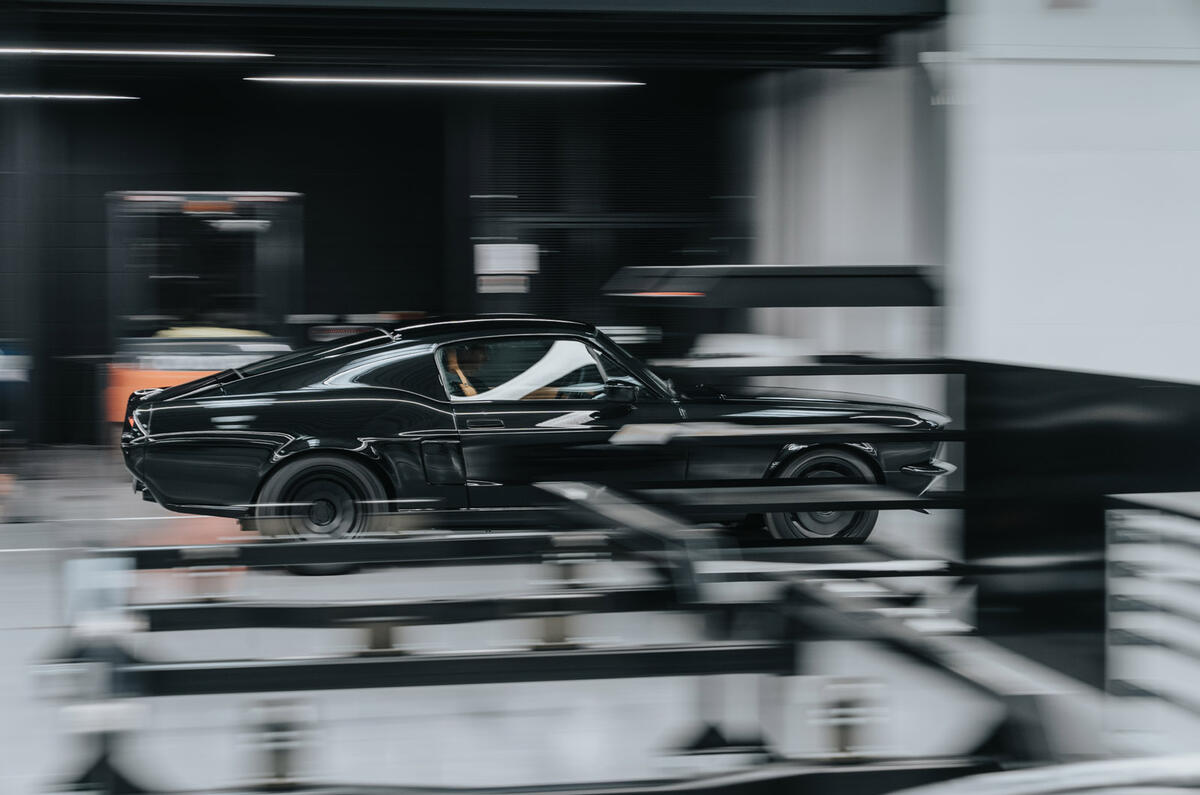
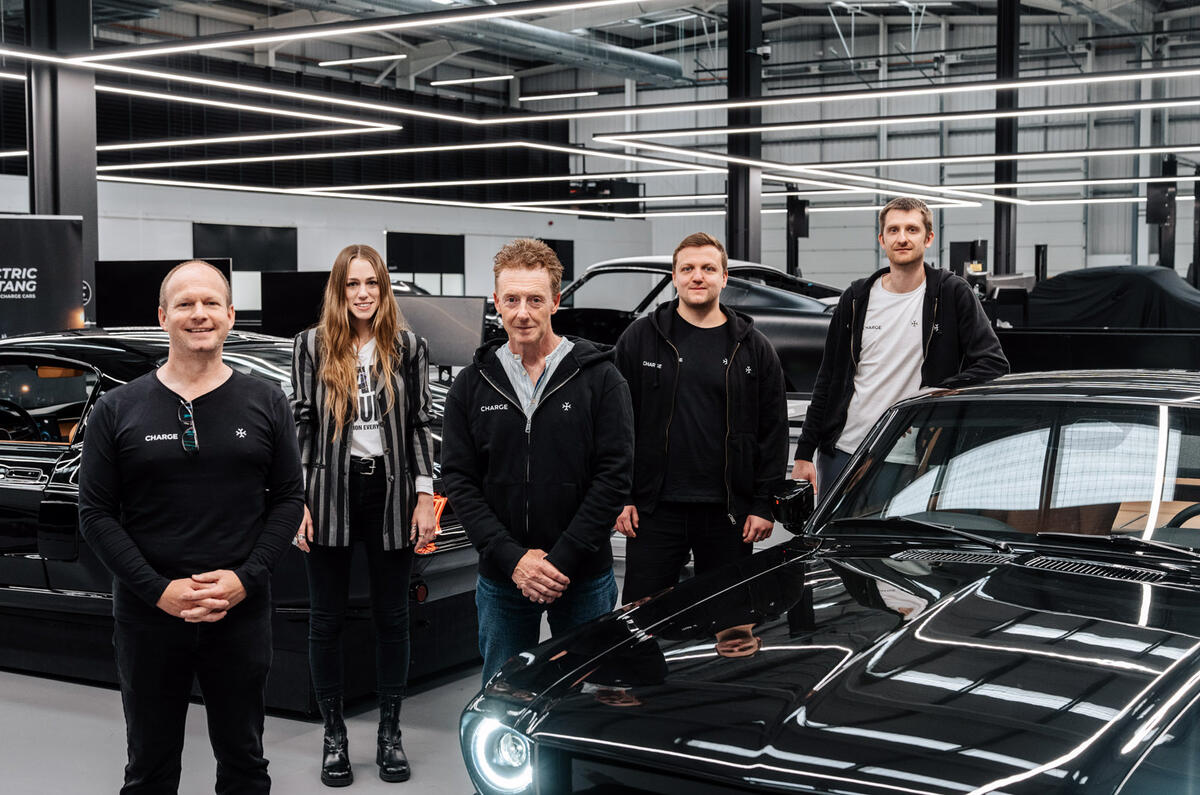
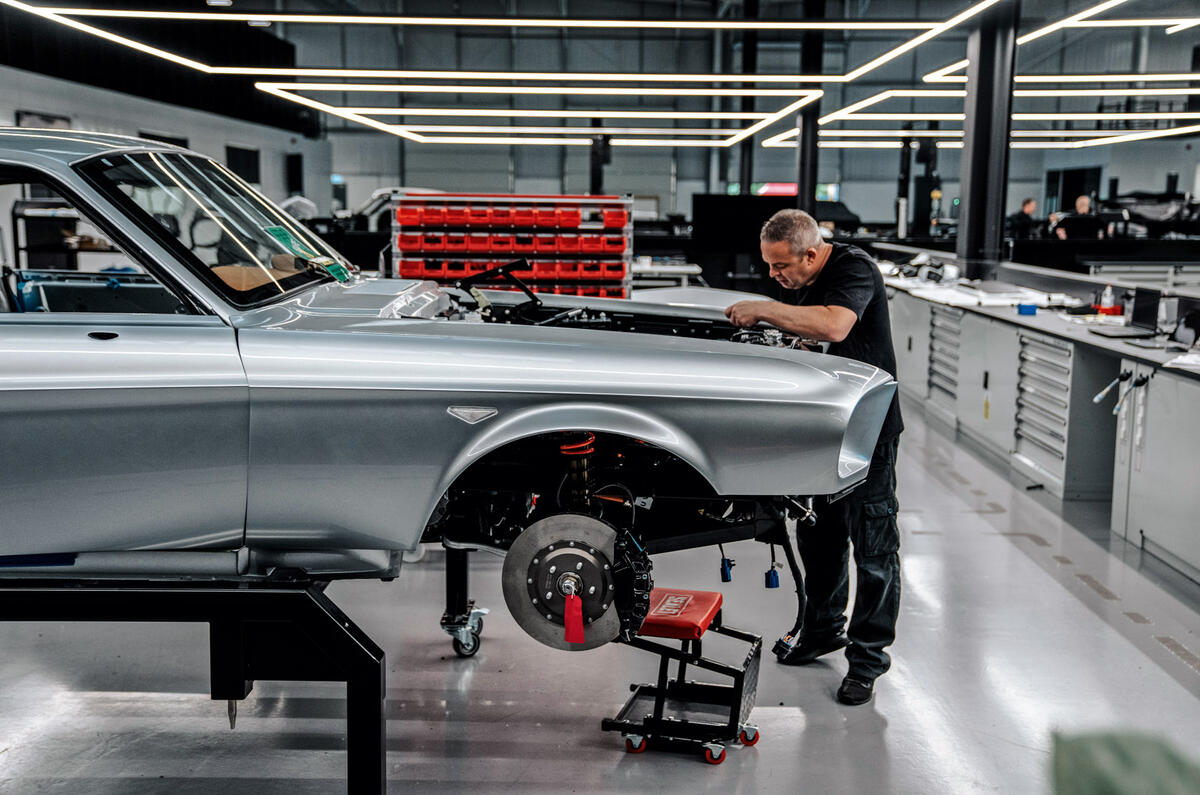
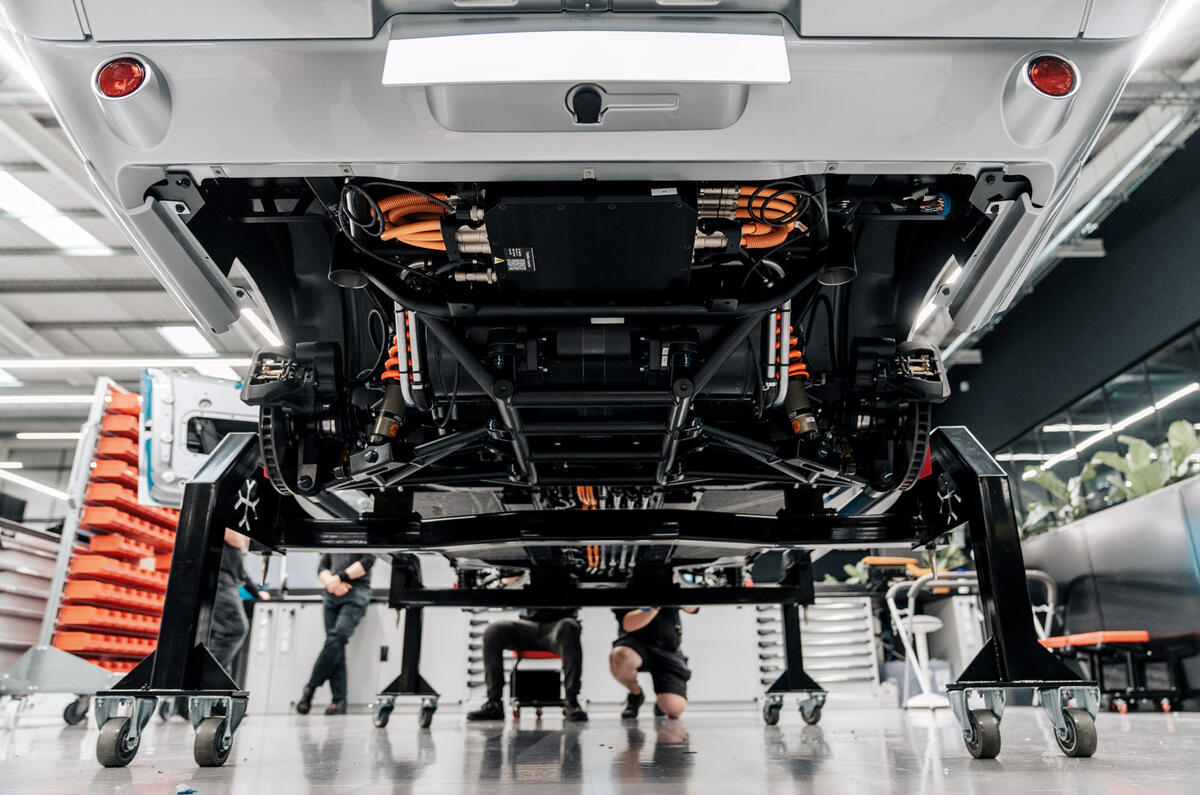
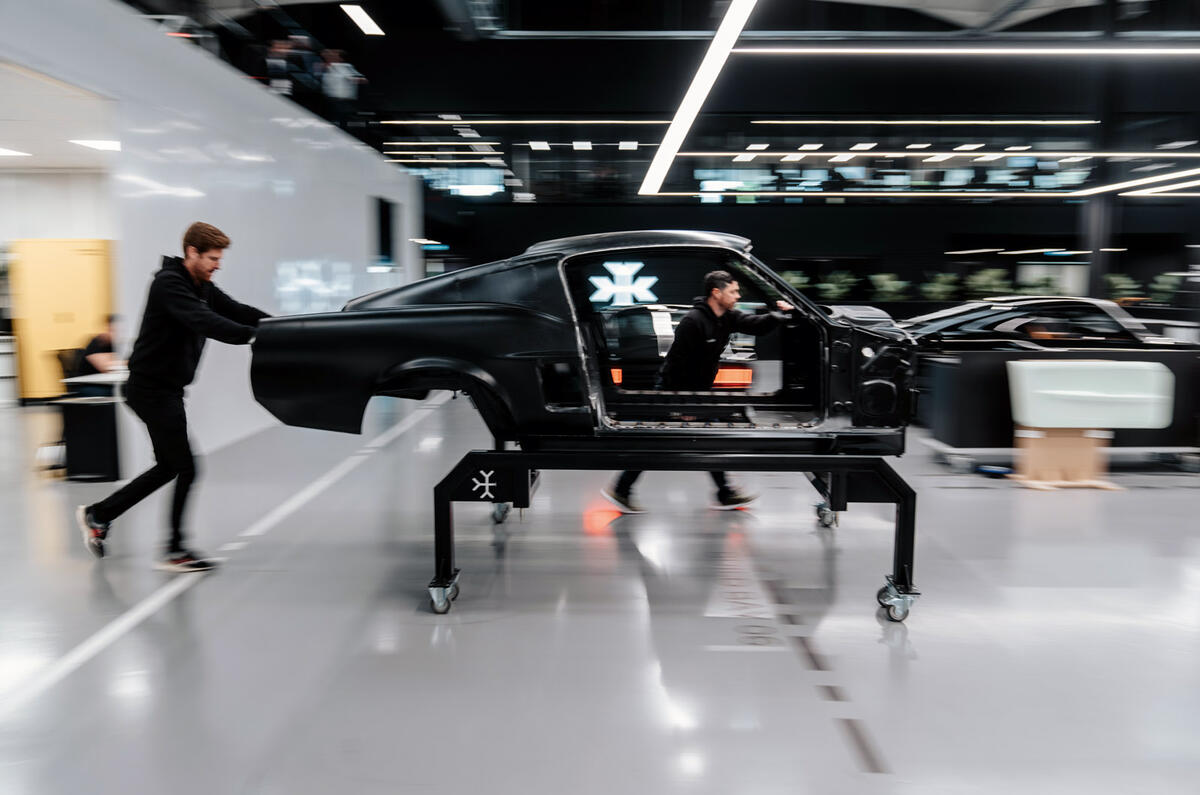
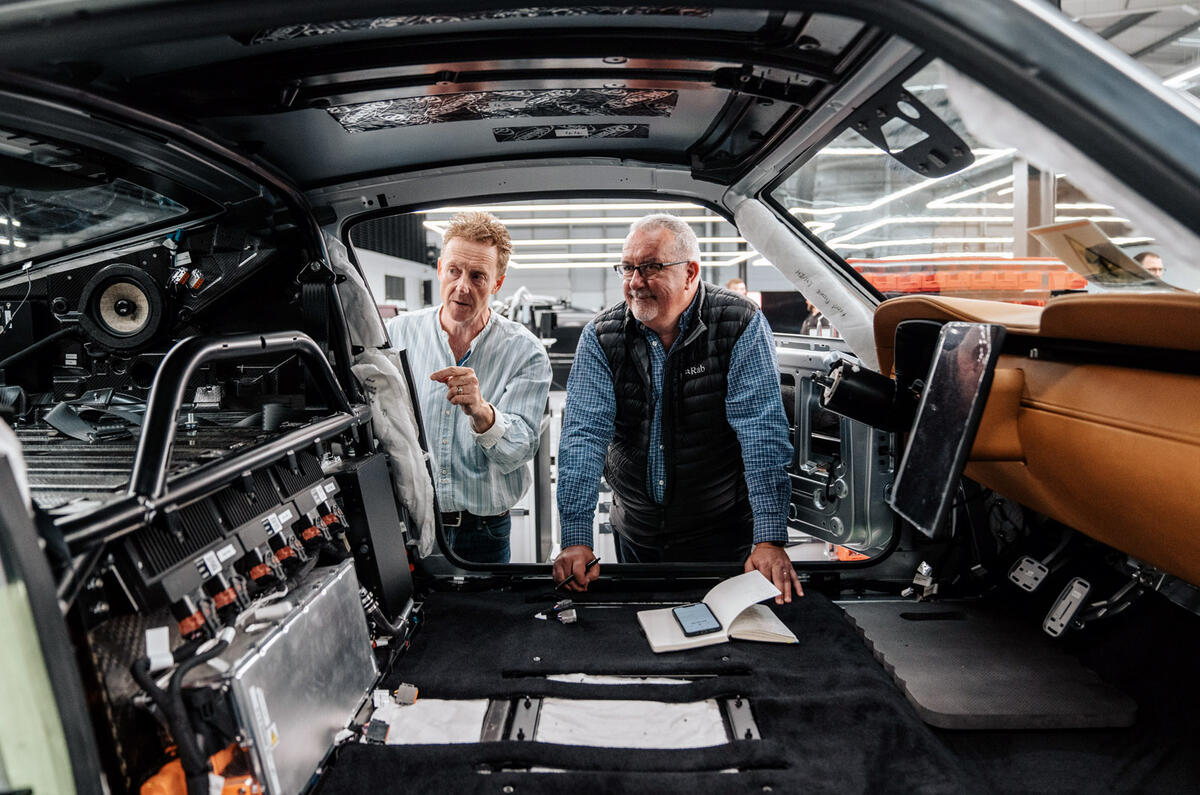
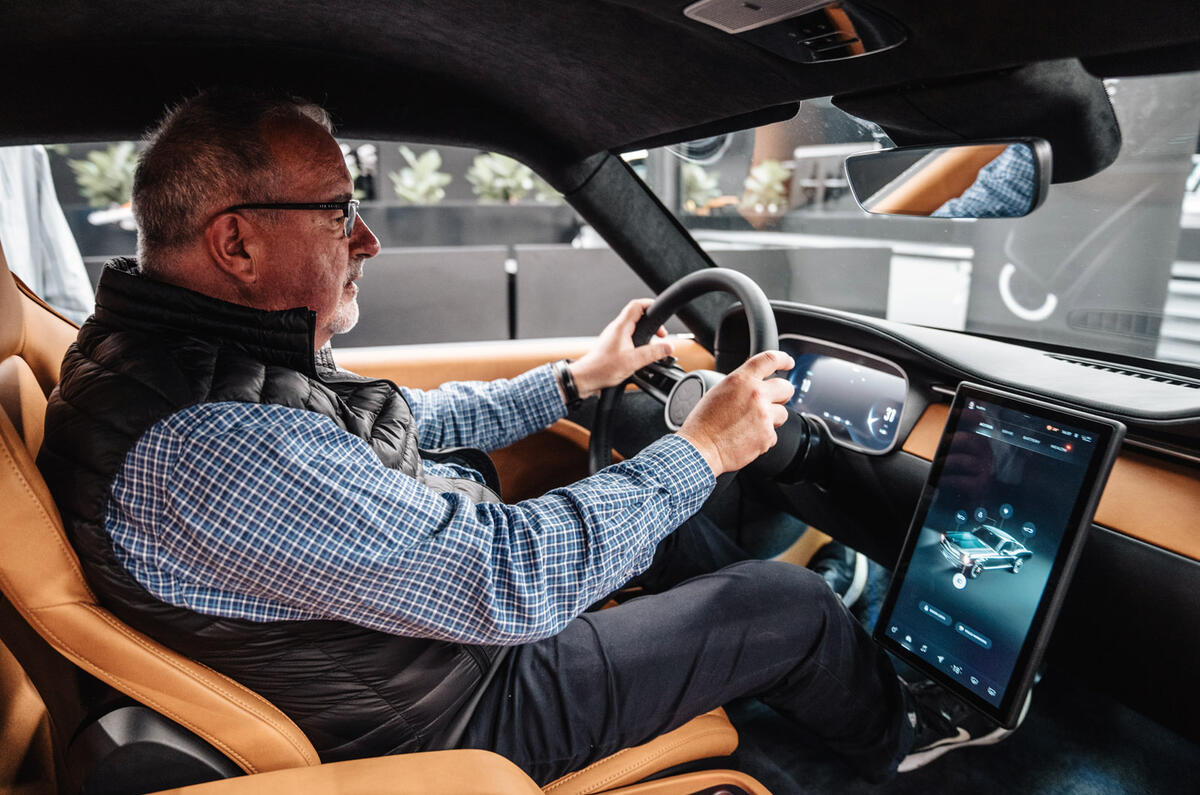
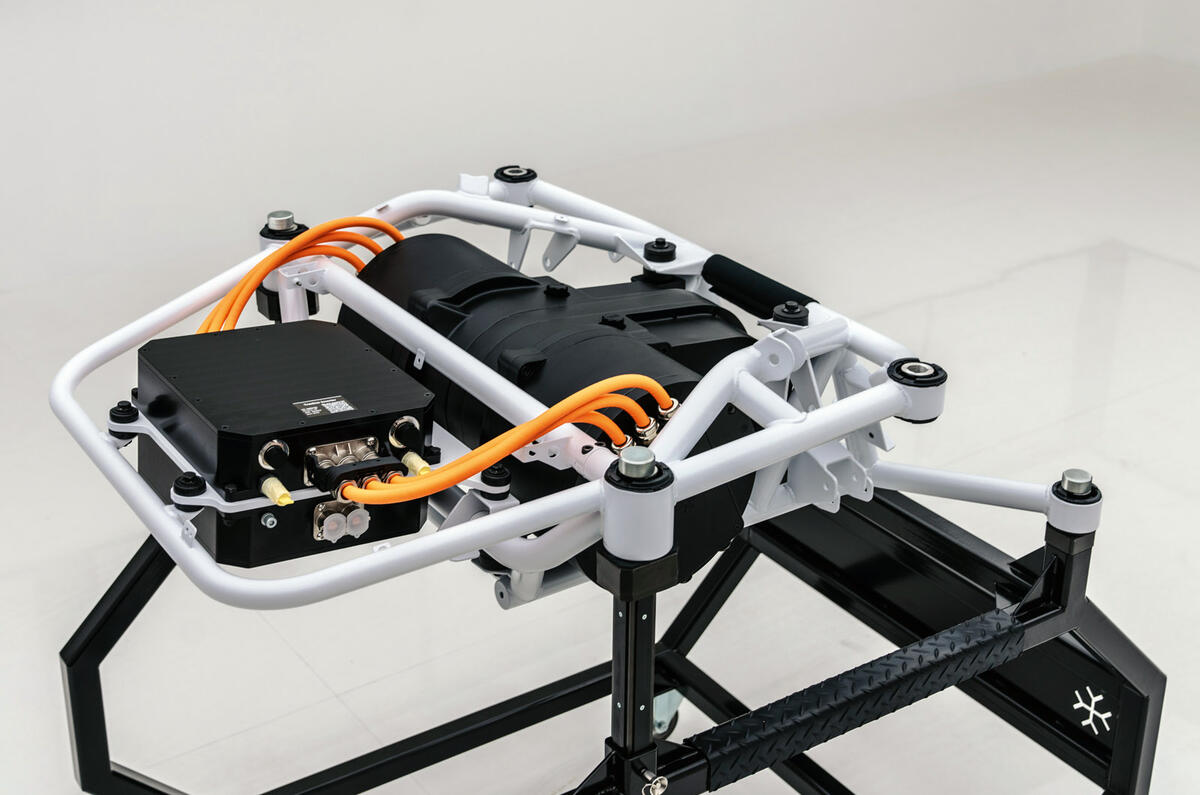
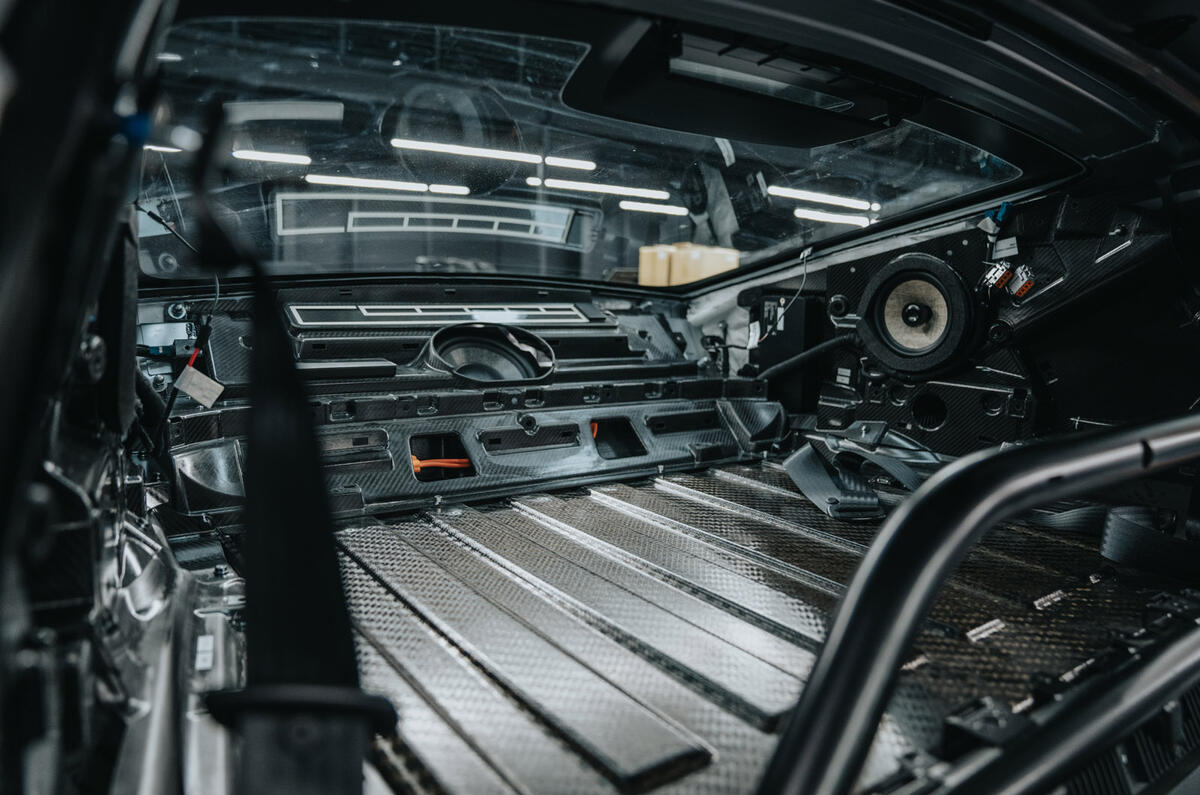

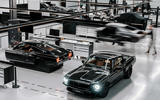
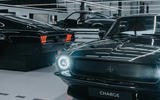
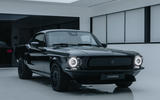
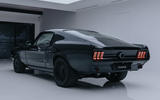
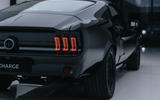
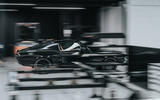

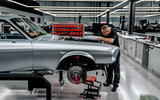
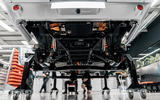
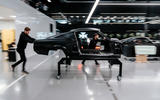
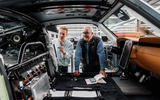

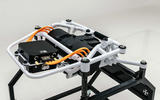
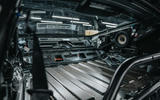
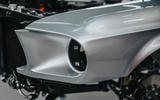












Join the debate
Add your comment
One word.....WHY?
Such a high price for a left hand drive car in the UK. Please describe the character of the buyer.
Why would it be LHD? It's a new car. Character of the buyer: someone with plenty of cash who doesn't want to drive oil-burning cars any more but loves the look and nature of the Mustang? I'd have one of these over the original any day. I love classic cars, but I also love my children.
It looks amazing and whilst I too think a higher range would be more beneficial, I would still have one over a lot of other exotics.